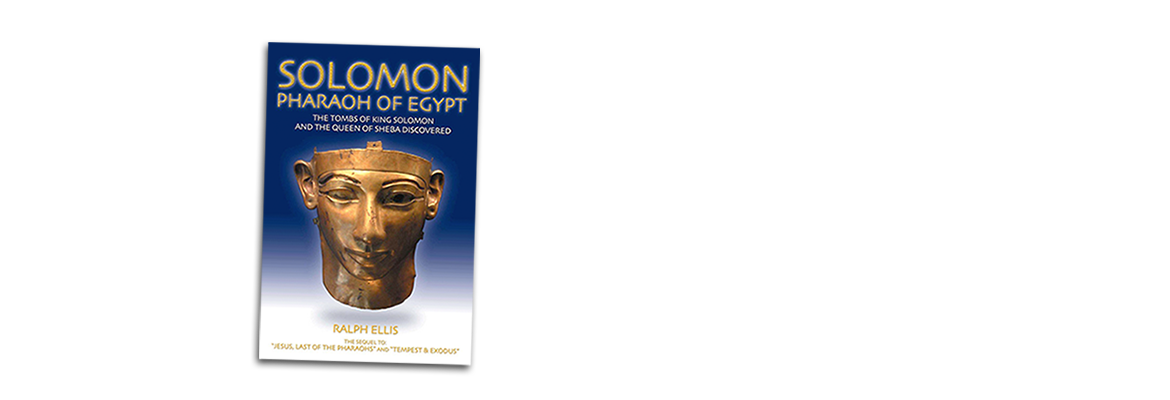Welcome to Edfu Books
Why are so many of the famous biblical characters missing from the historical record? Thirty years ago, the intrepid and dogged researcher Ralph Ellis decided to find out. Does this biblical lacuna mean that both the Old and New Testaments are fictional, as many people have claimed? Or are we simply looking in the wrong locations or perhaps even the wrong eras?
The first glimmer of the truth was not hard to see, for even the 1st century Romo-Jewish historian Josephus Flavius claimed that the Israelites were the Hyksos pharaohs of Egypt. In which case the Book of Exodus may well be correct, from a historical context, but both theologians and historians were looking in the wrong era. According to Josephus the conflated Exodus of the Hyksos-Israelite peoples was in about 1570 BC, rather than 1240 BC. And upon further investigation it transpired that Josephus was correct: the biblical Hyksos-Israelite Exodus was a real historical event.
From this small kernel of truth, the entire biblical epic has now been transformed from mystic mythology into a central component of real secular history. All the way from Genesis to Revelations, this simple but rational reevaluation technique became the foundation for The Egyptian Exodus Series and The King Jesus Trilogy.
The New Testament story has had its chronology shifted in much the same fashion, from the AD 60s back to the AD 30s, and it is this chronological dislocation that has concealed the historical truth. In addition, while Josephus Flavius recorded the entire history of 1st century Judaea he never seemingly mentions the biblical family, because he has subtly distorted their names. But it eventually became apparent that the venerable Syriac chroniclers had preserved the original pronunciations; and so by comparing the two records, the complete biblio-history of 1st century Judaea could at last be stitched back together.
The end result, after three decades of tireless research, is that the gospel stories can now be placed back into the historical record as a critical component within Roman and Parthian history. For the historical Jesus-character was a king, just as the gospels claim, a valiant king with a large treasury and lofty ambitions to take over the Roman Empire. Which is why Jesus (Izas) was jailed alongside revolutionaries who had committed murder in the revolution. (Mk 15:7)
Perhaps readers can now see why the gospels were written in the manner they were. Rome did not appreciate revolts in its eastern realms, and sought to quell all thoughts of further unrest. So the martial monarch called King Jesus (Izas) of Edessa became known to the wider world as a pauper prince of peace, who happily paid his Roman taxes and turned the other cheek. The industrious Roman propaganda machine that Josephus Flavius had created, had worked like a charm. But perhaps even Emperor Vespasian could not have imagined that upon the back of this temporary Imperial solution to some local unrest, that an entire religion would be born – Christianity.












